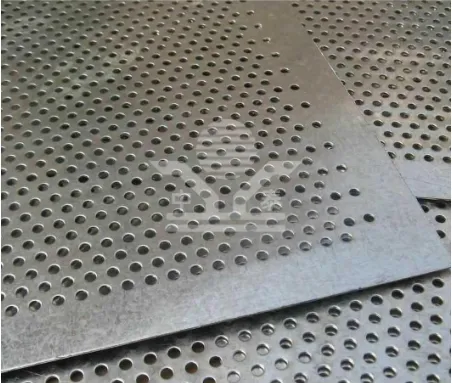Trellis Net for Plants Enhancing Growth through Support and Structure
In the world of horticulture and agriculture, growing plants vertically has become an increasingly popular practice. A trellis net serves as an essential tool for gardeners and farmers alike, providing the necessary support for climbing plants and enhancing their growth. This article delves into the benefits, applications, and best practices for utilizing a trellis net effectively.
What is a Trellis Net?
A trellis net is a grid-like structure made from durable materials such as nylon or polypropylene, designed to support plants as they grow. It is typically attached to a framework or existing structures like fences, walls, or poles and can be used to train a variety of climbing plants, including tomatoes, cucumbers, and beans. The netting provides a stable environment that encourages plants to stretch upwards, maximizing sunlight exposure and air circulation.
Benefits of Using Trellis Nets
1. Space Efficiency One of the most significant advantages of employing a trellis net is the efficient use of space. Vertical gardening allows plants to occupy less ground area, which is particularly valuable for urban gardeners with limited space. By growing upwards, plants are also less prone to diseases commonly found in damp soil.
2. Improved Yield Plants that are properly supported by a trellis net tend to produce a higher yield. According to various studies, crops grown vertically can yield significantly more fruit and vegetables, as the elevated position allows for better light distribution while reducing the risk of pest damage.
3. Ease of Harvesting Trellis nets make it easier for gardeners to access their crops during harvesting. When plants are supported, the fruits hang down and are more visible and accessible, reducing the likelihood of damage to both the plants and the produce.
4. Enhanced Air Circulation Good air circulation is essential for healthy plant growth. Trellis nets help promote airflow around the plants, which can reduce the risk of fungal diseases and pests that thrive in humid, stagnant conditions.
trellis net for plants

Best Practices for Using Trellis Nets
To maximize the effectiveness of trellis nets, gardeners should consider several best practices
1. Choose the Right Material Select a trellis net made from strong, weather-resistant materials. Ensure that the netting is sturdy enough to support the weight of the mature plants and any resulting fruits.
2. Proper Installation Secure the trellis net at an appropriate height based on the specific plant species being grown. This can vary; for example, tomatoes benefit from higher nets, while shorter plants like peas may require lower support.
3. Train Plants Early Begin training climbing plants onto the trellis net as soon as they start to grow. Gently tie the stems to the net using soft ties or clips to encourage vertical growth without damaging the plant.
4. Regular Maintenance Inspect the net regularly for any signs of wear and tear. Ensure that the plants remain securely anchored to the net and prune as necessary to promote healthy growth.
Conclusion
Trellis nets are an invaluable asset for anyone looking to enhance their gardening experience. By supporting the vertical growth of plants, they not only save space but also contribute to better yields and healthier crops. As gardeners continue to explore innovative techniques to optimize plant growth, trellis nets will undoubtedly remain a staple in the toolkit of horticulturists and home gardeners alike. Whether you are a seasoned farmer or a novice gardener, incorporating a trellis net into your planting strategy can lead to more productive and enjoyable gardening efforts.
-
Why Galvanized Trench Cover Steel Grating Resists Corrosion
NewsJul.10,2025
-
The Versatility and Strength of Stainless Expanded Metal Mesh
NewsJul.10,2025
-
Load Calculations in Steel Grating Platforms
NewsJul.10,2025
-
Keeping Pets and Kids Safe with Chicken Wire Deck Railing
NewsJul.10,2025
-
Hole Diameter and Pitch for Round Perforated Metal Sheets
NewsJul.10,2025
-
Aluminium Diamond Mesh in Modern Architecture
NewsJul.10,2025
Subscribe now!
Stay up to date with the latest on Fry Steeland industry news.

